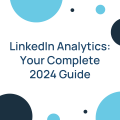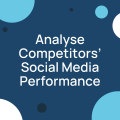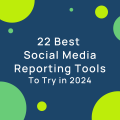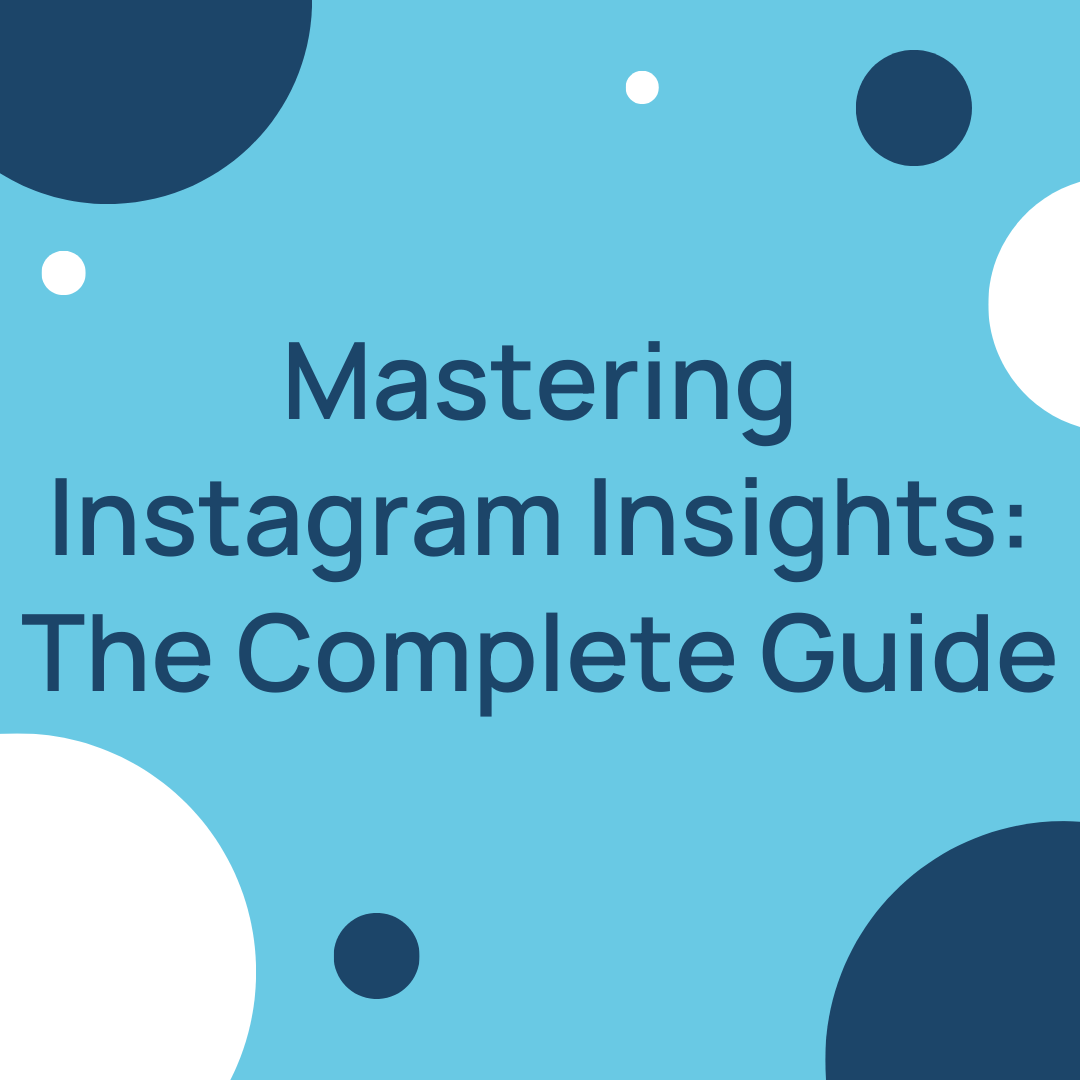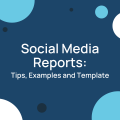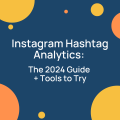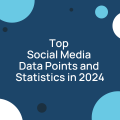2 Billion Monthly Active Users And Other Facebook Growth And Engagement Stats For June 2017
Tina Ahmed posted on 19 July 2017
Welcome to the Facebook page likes growth and post engagement study for June 2017.
We analyse the performance of 5,000 Facebook pages to help you understand what the standards are on Facebook. Page likes growth, post reach, content engagement, post format performance, and the use of Facebook advertising to boost the organic content.
This helps you see how your own pages perform against the standards and better understand the results of your efforts.
Do you want an even deeper comparison of your pages to the standards on Facebook? Take a free Locowise trial.
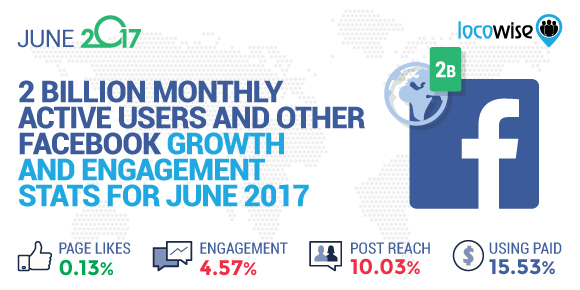
Latest growth and engagement stats
Page likes growth in June was at 0.13% of the audience. This is 18% higher than in May. Post reach was at 10.03% of the audience which is a 6% decrease compared to May.
Engagement rate was at 4.57% of people reached which is 2% lower than in May.
15.53% of pages used Facebook Advertising paying for 36.51% of their total reach.
Video continues to be the king of content formats. Videos reached 11.08% of the page likes. Photos reached 10.49%, links 6.66% and status updates reached only 4.5%.
Videos also engaged the highest number of the people reached. Videos engaged 5.15%, photos 4.21%, status 4.11% and links only 3.99%.
If you’re not posting videos, you’re losing out on the potential of widening your organic reach and engagement.
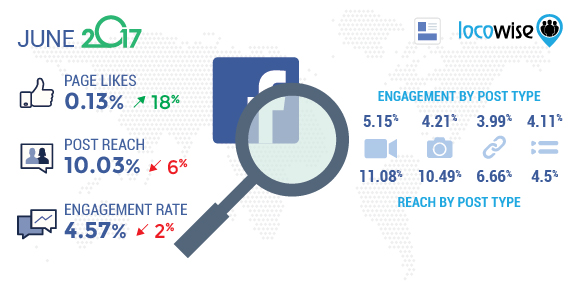
Is the lack of a budget the main cause for the lack of videos in your content strategy? Try this guide to find out how to create videos with free tools.
The videos don’t necessary have to be anything advanced either. Many pages are seeing results by posting pictures or text in a video format.
2 billion monthly active users
Facebook now has 2 billion monthly active users. 66% of them return back every day.
Facebook took this opportunity to change its mission statement from “Making the world more open and connected” to “Give people the power to build community and bring the world closer together.”
Fighting spam and fake news
News feed algorithm has had another update during the month to reduce the amount of spam and fake news. Pages with a very high posting frequency – 50 posts or more per day – will get their distribution cut on the network.
“Those links [are] way disproportionately problematic. They’re very often either click-bait or sensationalism or false news,” Mosseri said. “It’s one of the strongest signals we’ve ever found for identifying a broad range of problematic content.”
Social media managers can no longer customise metadata
Another change done in order to fight fake news is the decision to not allow pages to customise the headlines, descriptions and thumbnails of the links that they post.
This restricts the regular social media managers a lot too. It’s a fairly common behaviour to optimise the headline and description to make it more social media friendly. We believe social teams would need to work closely together with the content teams in order to optimise these on the website itself from now on.
Alternatively, you can always run ads as for ads you are still free to optimise the metadata as much as you want.
New metrics announced
Facebook has announced several new metrics for advertisers and page admins. One of the most interesting ones is the “landing page views” metrics. Users might click on the links in your ad but they may never make it to your landing page if your site is down or too slow to load.
This metric will show exactly how many do reach your website. It will be interesting to see how close the clicks metric is to the views metric. Ideally, all brands should aim to optimise for as close to 100% as possible. 100% of your ad clicks should end up on your site too. Otherwise you are wasting some of the money you’re spending on the ads.
Video ad viewability as low as 20%
An advertising report has shown that Facebook video advertising viewability is as low as 20%. In other words, only 20% of video views the brands are paying for are actually real video views as according to the industry standards.
The issue here is that the advertising industry and Facebook have different standards and definitions for what a video view is.
According to the industry, a video view means that “a minimum of 50 percent of a video ad’s pixels must be in view for two continuous seconds”. Facebook argues that 50% and two seconds are too long and that brands see benefits as early as after 0.25 seconds of a video has been viewed.
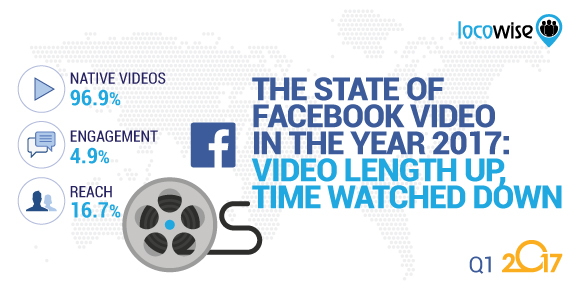
“We believe that the value of an ad is not binary but is generated the moment an ad comes on screen. According to independent Fors Marsh Group research, people can recall mobile news feed content at a statistically significant rate after only 0.25 seconds of exposure. And a recent Nielsen study showed that 38 percent of brand recall, 23 percent of brand awareness, and 25 percent of purchase intent are driven by video impressions that are under two seconds. This is because people consume content differently on mobile devices and in News Feed. As people scroll quickly through their News Feed, they get exposed to ads, meaning duration can be short while still delivering value.”
See more on the performance of Facebook video in our “state of the Facebook video world” study for the year 2017.
Big update for Facebook Groups
Facebook Groups have had a big update too. Group Insights are now available with real-time metrics around membership, growth and engagement and admins can now schedule their posts too. See this full list of new features:
Group Insights: group admins have told us consistently that having a better understanding of what’s going on in their groups would help them make decisions on how to best support their members. Now, with Group Insights, they’ll be able to see real-time metrics around growth, engagement and membership — such as the number of posts and times that members are most engaged.
Membership request filtering: we also hear from admins that admitting new members is one of the most time-consuming things they do. So, we added a way for them to sort and filter membership requests on common categories like gender and location, and then accept or decline all at once.
Removed member clean-up: to help keep their communities safe from bad actors, group admins can now remove a person and the content they’ve created within the group, including posts, comments and other people added to the group, in one step.
Scheduled posts: group admins and moderators can create and conveniently schedule posts on a specific day and time.
Group to group linking: we’re beginning to test group-to-group linking, which allows group admins to recommend similar or related groups to their members. This is just the beginning of ways that we’re helping bring communities and sub-communities closer together.

